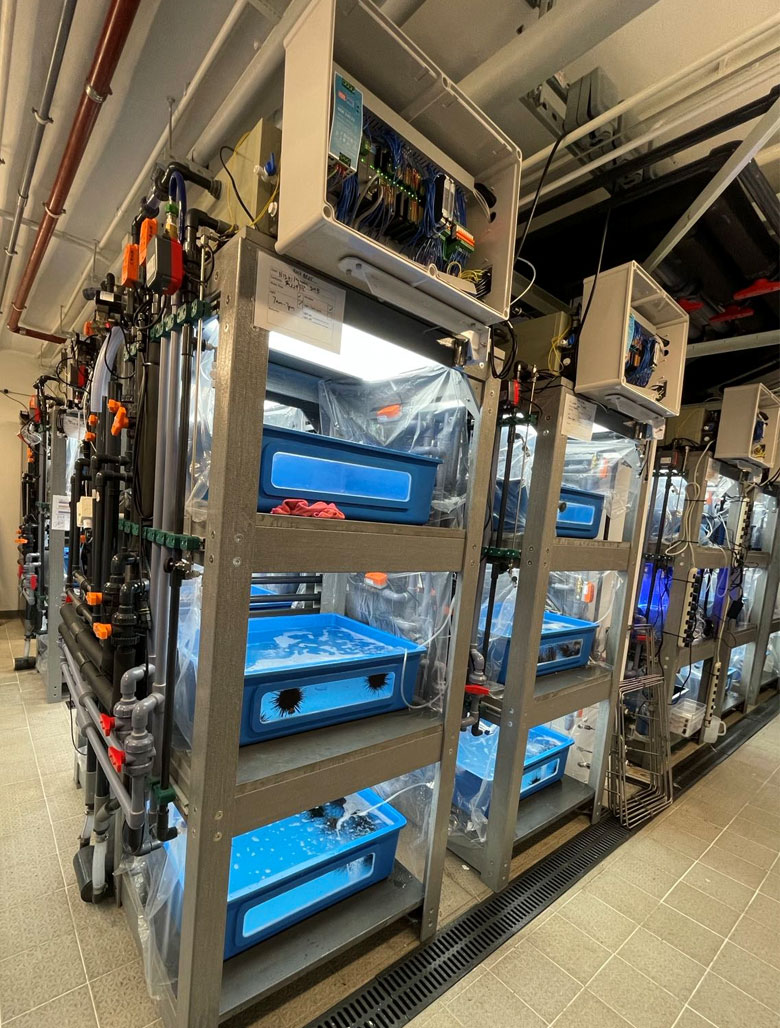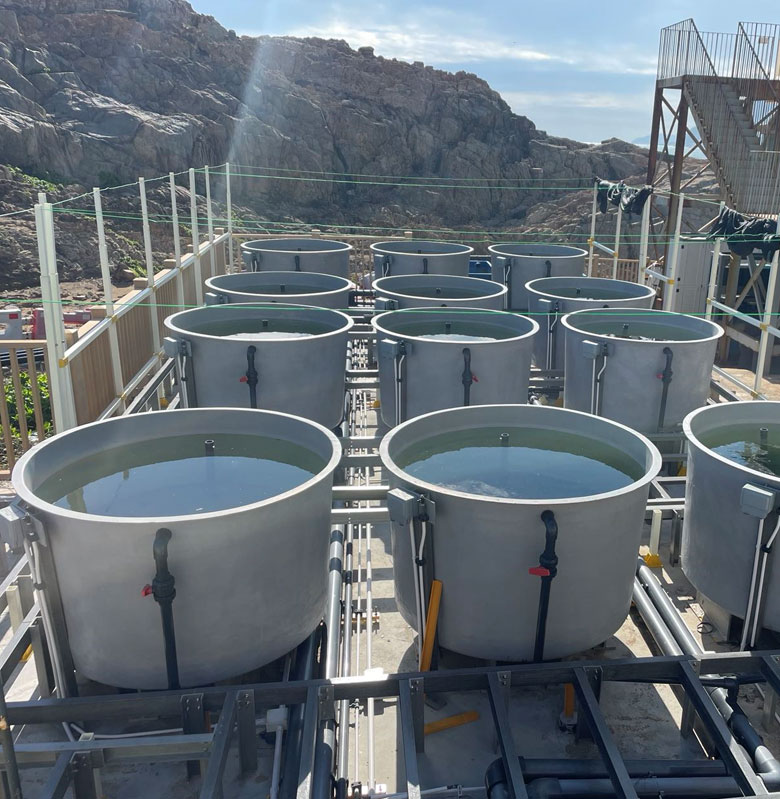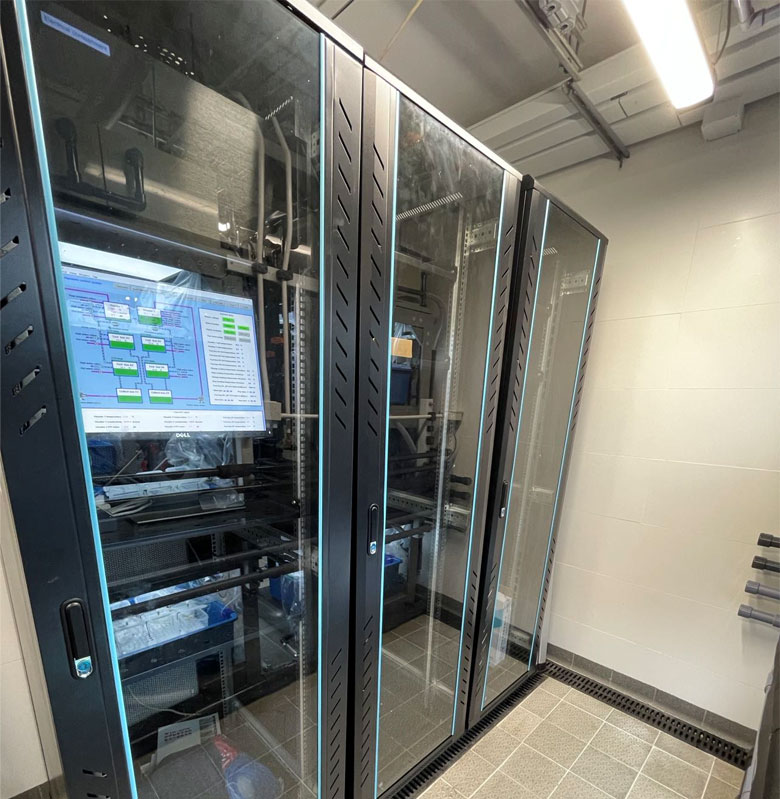Design & Construct Custom Equipment For Marine Research

Tailor Made Photo Bioreactors
April, 2021



The Seawater Mesocosm System is an innovative research tool that offers scientists and researchers the opportunity to explore the impact of environmental drivers on marine organisms. With this system, you can conduct experimental investigations with complete control, monitoring, and data logging of multiple selected environmental variabilities.
The system applies dynamic regimes of environmental drivers, including seawater temperature, salinity, pCO2, pH, and alkalinity, light cycles, and light intensity, to individual mesocosm units in programmable constant, ramping, sinusoidal, or stochastic modes for continuous data logging. This feature makes it easier for researchers to explore the impact of different environmental drivers on marine organisms, providing valuable insights into their behavior and adaptation.
The project site is located by the exposed seashore, and all devices and setups have been designed to withstand typhoon winds and high humidity. The seawater is sourced from the sea through two separate pipes, and dual pumps were set up as redundancy to ensure a continuous water supply in case of pump failure. The water is coarsely filtered to remove sand at the source and then reaches two holding tanks of 25 tons each up on the hillside. There is a filtration stage at this source before the seawater is fed to the laboratory by gravity.
Inside the research facility, a mesocosm system was developed to study the effects of environmental variability of multiple drivers (temperature, salinity, pH, light) on single species and communities at various temporal scales (diurnal - seasonal). This system provides researchers with the tools they need to make accurate and reliable observations, ultimately leading to a better understanding of marine ecosystems.
